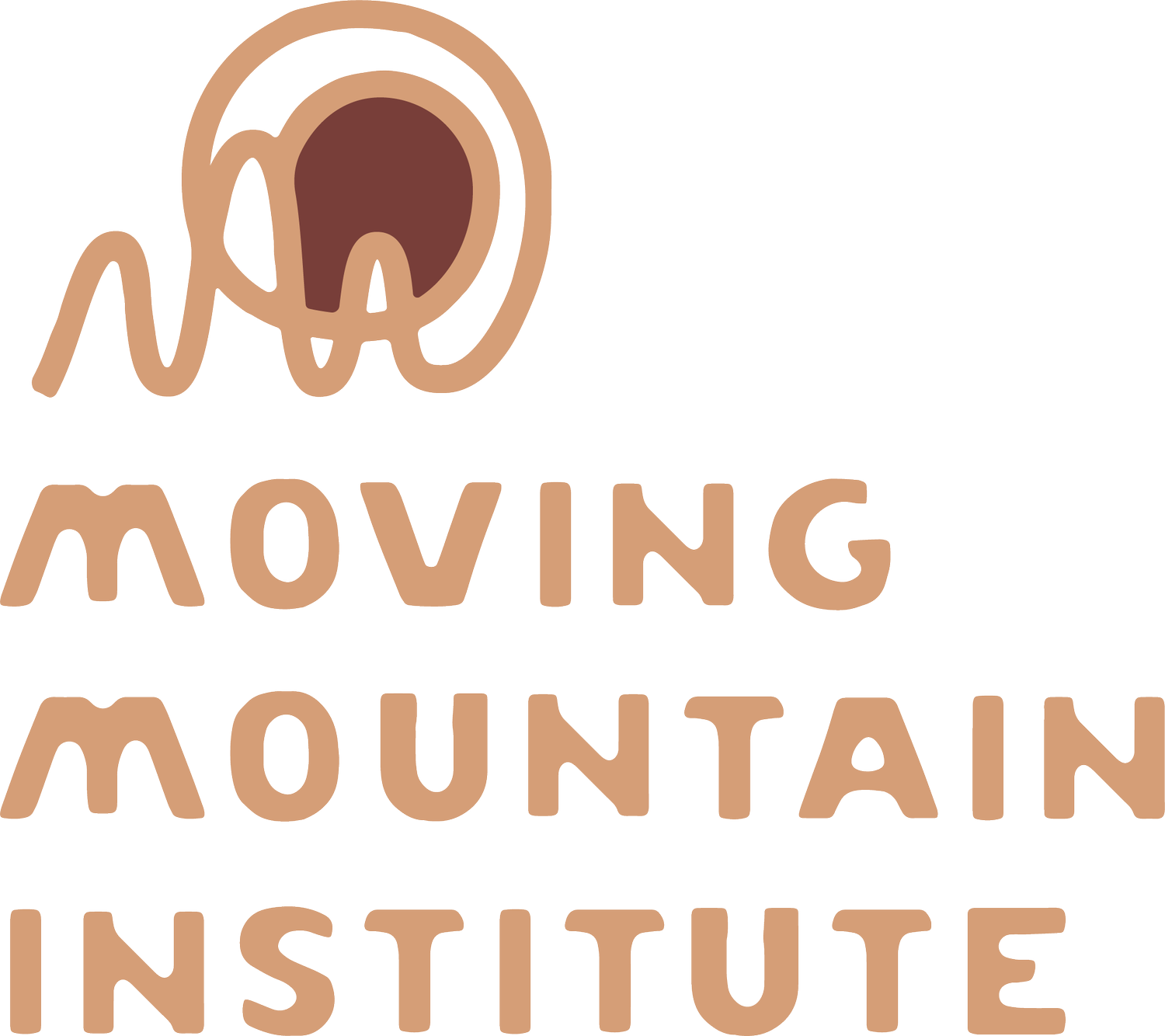EDS and HSD are diseases affecting the connective tissues. They are thought to be genetic in origin. They are spectrum disorders and so symptom pictures are highly variable.
The Ehlers-Danlos Society offers this definition of EDS: The Ehlers-Danlos syndromes (EDS) are a group of 13 heritable connective tissue disorders. The conditions are caused by genetic changes that affect connective tissue. Each type of EDS has its own set of features with distinct diagnostic criteria. Some features are seen across all types of EDS, including joint hypermobility, skin hyperextensibility, and tissue fragility.
Hypermobility Spectrum Disorders can co-occur with EDS or present on their own. There is often overlap in symptoms between the two and differentiating between them can be challenging.
The Ehlers-Danlos Society offers this definition of HSD: Hypermobility spectrum disorders (HSD) are connective tissue disorders that cause joint hypermobility, instability, injury, and pain. Other problems such as fatigue, headaches, GI problems, and autonomic dysfunction are often seen as part of HSD.
Read More






















